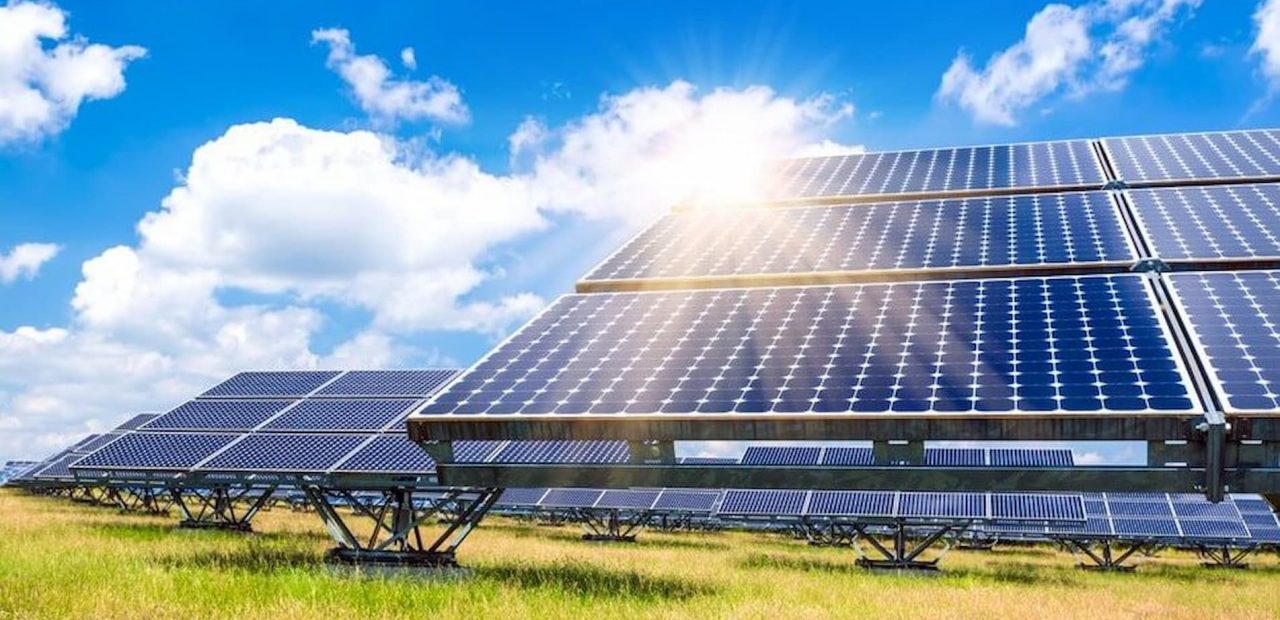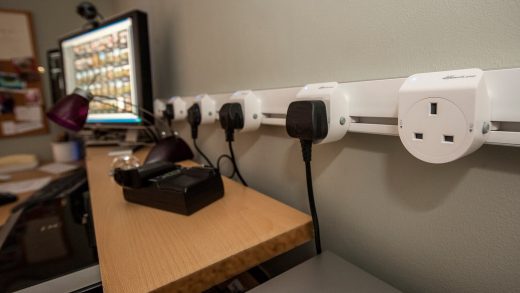Tips for Choosing the Right Solar Cable for Your System
The use of solar as a viable and sustainable energy source has grown exponentially, with increasing numbers of Aussies choosing to go off-grid for residential use, and the steady rise in solar in outdoor and leisure activities. Cables and wiring are crucial elements in any electrical system, transporting energy produced in one place to where it is needed. The same goes for any type of solar setup. Cables connect solar panels, batteries, different types of backup chargers, and most importantly the devices you’ll be running. Different types of cable and wires, in different lengths and thicknesses, are chosen when connecting the separate parts of a solar system. Here, I’ll be focussing on which cables and wires are right when connecting solar panels to each either in parallel or series, and to other components.
But first the distinction between wires and cables. A wire is a single electrical conductor, either a single strand in smaller diameters or a thicker solid wire core, whereas a cable is a group of electrical conductors sheathed in an insulation jacket. Cables can contain several conductors and vary in size and diameter according to the application. Solar setups use different types of cables and wires than the ones you’ll find in regular home installations, largely due to the fact that most are exposed to the elements, and as such need to be properly protected. For this reason, sheathed flexible cables are often the choice in connecting individual parts of a solar system.
Contents
Solar Panel Cables
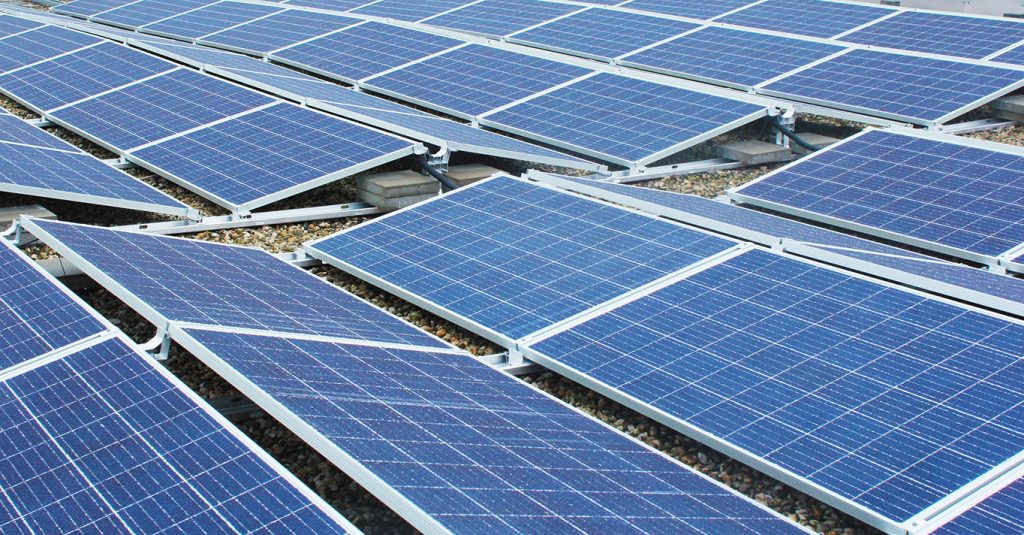
source: industrytoday.com
Panels produce a 12V DC current and the cable or cables that transfer that current to the charge controllers and batteries is called a 12V solar panel cable. Panels can be installed anywhere, fixed on rooftops in vehicles or homes, or portable units that are set separately. Most users have more than one panel, and a 12V solar panel cable connects these to each other and the rest of the system. When choosing the right cable for your panels, there are a few things to consider. The thickness of the solar cable, the rating in Amps, the required length to connect to batteries and charge controllers, and the gauge. These will determine how efficiently your solar setup works. Choosing the incorrect cables may mean that batteries aren’t supplied enough current and won’t charge, and the wrong thickness and length can lead to loss of power and overheating. Using the wrong solar cables for panels or other components can cause electrical fires, a risk that needs to be avoided at all costs.
Cable Ratings
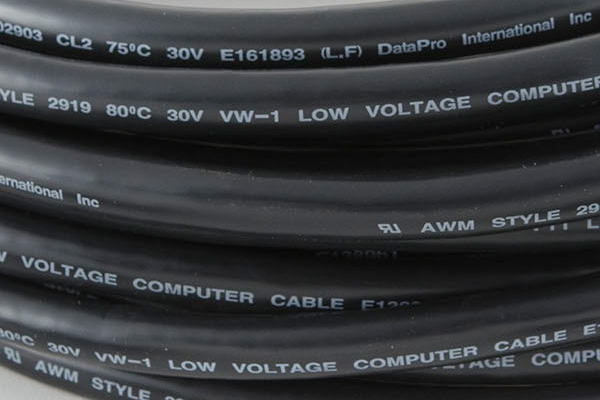
source: datapro.net
Ratings refer to the number of current cables and wires that can handle. This is quoted in Amps. Usually the higher the Amp rating, the thicker the cable. This depends on the amount and type of devices you’ll be running and the size of the solar setup, including the panels, as a whole. Generally, for a basic solar setup, you’ll need a 12V solar panel cable in 4mm2 thickness connecting the negative and positive lines from the panel or panels (connected either in series or parallel) to the charge controller and then to your battery setup.
Series or Parallel?
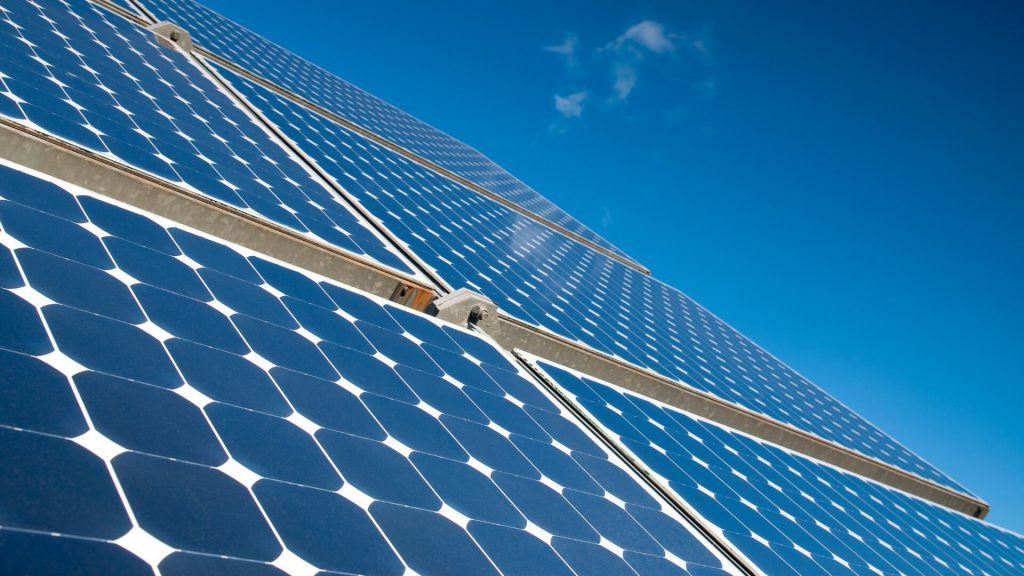
source: getawaycouple.com
Connections in parallel will increase the amps, keeping the volts the same, meaning more charge for the battery. However, the higher the charge the thicker the cable. In addition, you’ll need branch connectors, and panels set at shorter distances to keep things under reasonable costs. In series connections, amperage is the same while voltage is increased, meaning you can use thinner, and hence cheaper cables. Panels can be set at further distances from the charge controllers and batteries. Here, PWM controllers are often used in parallel setups, while more expensive MPPT controllers are used in series setups.
Wire and Cable Thickness
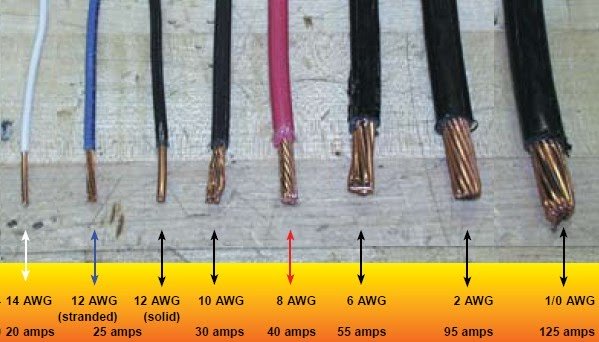
source: learn.sonicelectronix.com
As mentioned above, if you’re running more amps, often in a parallel setup, you’ll need thicker wires. These do come at a cost, and you’ll have to take into account the type of devices you’re running. Portable fridges for instance draw large amounts of current to get the compressor going, so cables with the appropriate amp rating and according to thickness is what you’ll need.
Wire and Cable Lengths
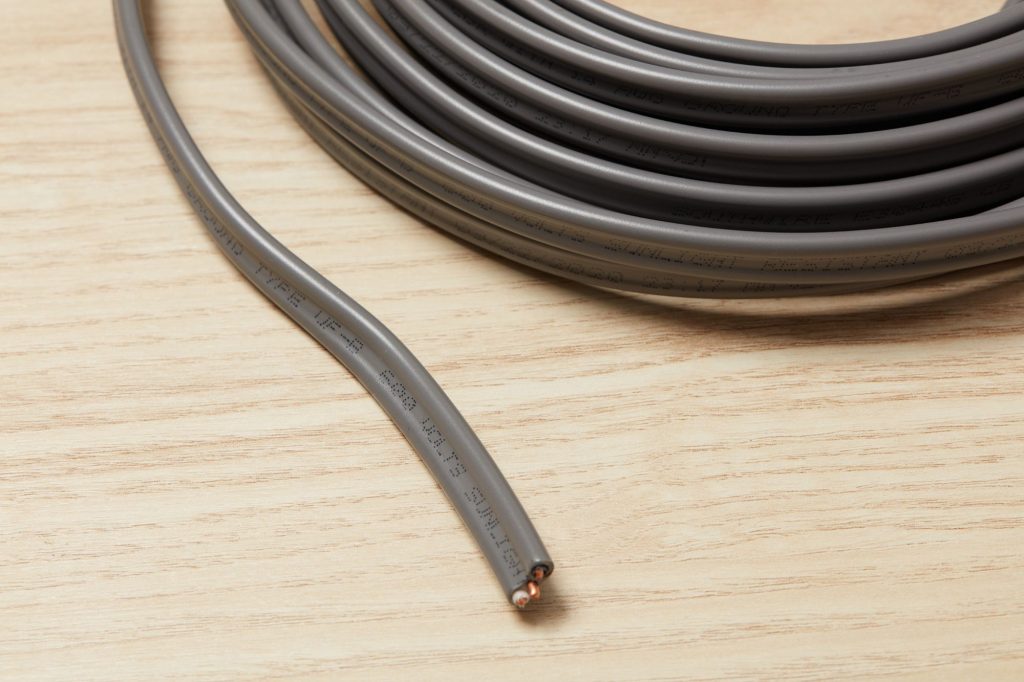
source: thespruce.com
If your panels are set at further distances from the controller and battery, power is lost with more length. You’ll be getting less charge into the batteries. One way to solve this is to use a thicker 12V solar panel cable able to take more current. The same goes for when connecting devices to the batteries. It is recommended to also calculate a safety margin, especially for devices so cables can handle the current. Otherwise, they’ll burn up and any connected devices or appliances can be damaged. Refer to the recommended amperage ratings to ensure that everything runs smoothly.
Considerations
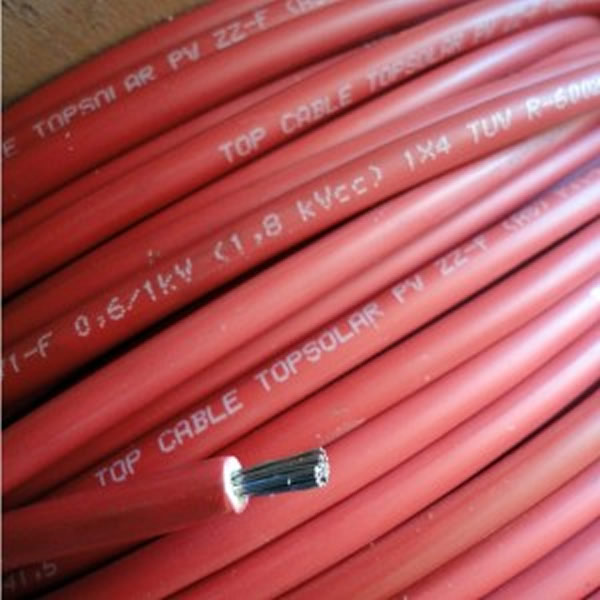
source: merkasol.com
Depending on your amperage needs, cables and wires come in different sizes. This takes into account the thickness and the suitable distances for optimal performance. Gauge numbers and gauge charts are what to go by. They inform you of the cable thickness and the recommended connection distances. Cables for solar systems will be adequately protected, made mostly of high conductive copper, and flexible enough to transfer the power from panels to batteries to devices. If in doubt about the type, thickness and length of cable you need for your setup, consult the scores of solar retailers around the country to get the best advice.

